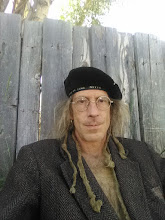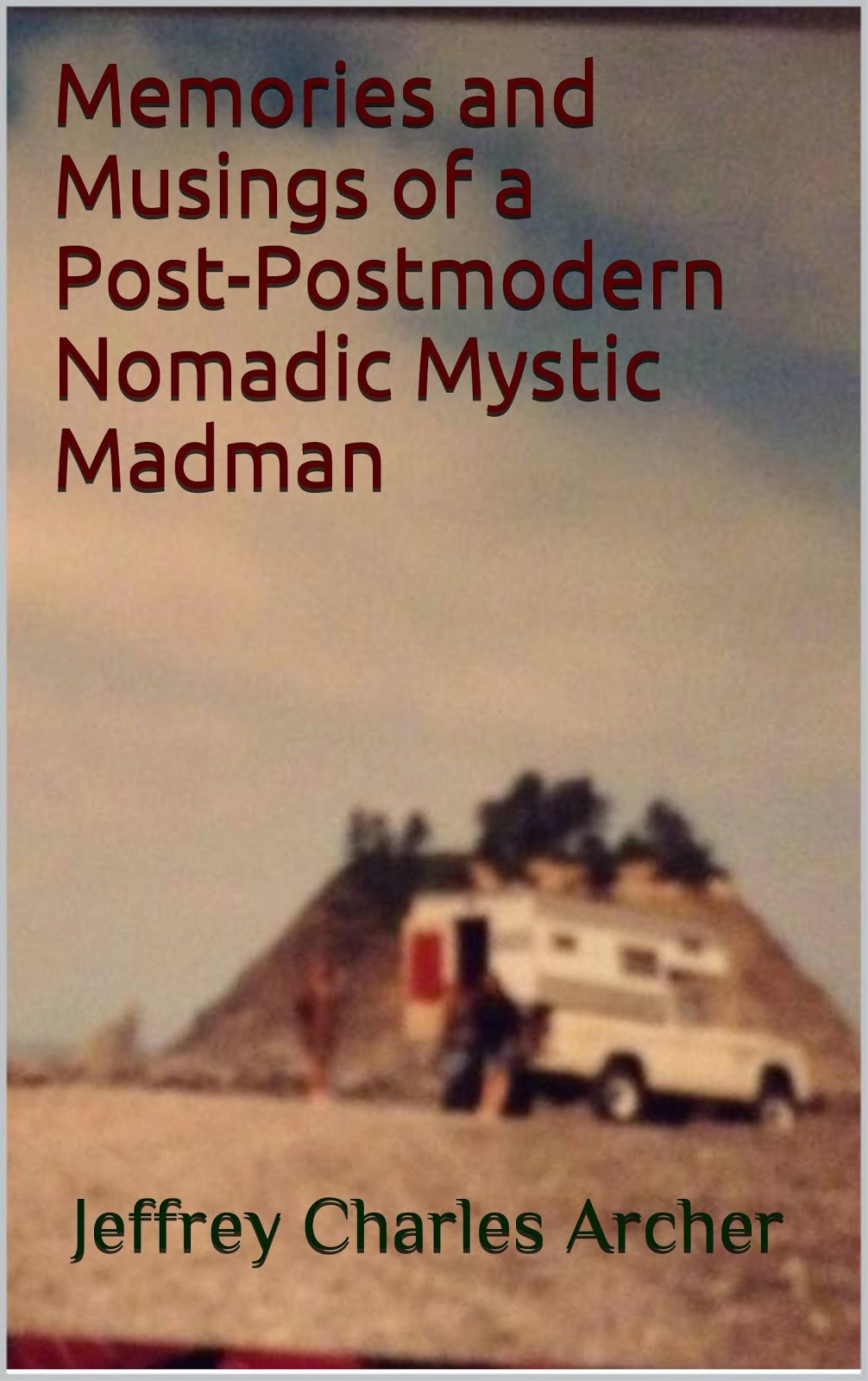
"A single projectile charged with all the power in the Universe...An incandescent column of smoke and flame as bright as 10,000 suns, rose in all its splendor...it was an unknown weapon, an iron thunderbolt, a gigantic messenger of death which reduced to ashes an entire race.
"The corpses were so burned as to be unrecognizable. Their hair and nails fell out, pottery broke without any apparent cause, and the birds turned white.
"After a few hours, all foodstuffs were infected. To escape from this fire, the soldiers threw themselves into the river."
These excerpts purportedly taken from the Mahabharata describe a terrible war, in which weapons were used that reduced civilizations to ashes. Below is a compilation of descriptions of the effects of these weapons, copied from Rense.com (http://www.rense.com/general3/8000.htm).

Though upon a cursory perusal of the Mahabharata, I could not find these specific quotes, I did find many other representations of the weapons used that sound rather like nuclear devices leveling armies, and vehicles that are described that seems rather unlike so-called "primitive" means of conveyance.
The flying machines of the gods, called Vimana, are described in various epics such as the Mahabharata and in the Vedas. There are also various anomolous archaeological finds, including a site near Rajasthan, India which has a layer of radioactive ash, and numerous sites worldwide including vitrified sand (sand fused into glass) and melted stonework buildings that indicate the possibility that "advanced" technologies of war were used in ancient times (if technologies of great destruction could be called "advanced"). Consider the "gods" and their "flying machines" as (dare I write it?) possibly of alien origin. And consider Krishna, who is represented as having blue skin . . .

[Quite well produced History Channel documentary on the ancient UFO connection, including a discussion of the Indian texts describing possible nuclear exchanges in the Mahabharata, etc . . .
http://video.google.com/videoplay?docid=5682121349064772632&ei=TBXBSab4FJKqrQL_kNnJAw&q=full%20movie&hl=en&dur=3]
Also consider the words of Robert Oppenheimer:
Oppenheimer, one of the primary developers of the nuclear bomb, was asked by a student if the bomb blast at Alamagordo, NM was the first. Oppenheimer, a fan of the Vedas and other ancient Indian texts responded, "Yes, in modern times." What he meant was, not including the ancient nuclear exchanges recorded in the ancient Indian epics such as the Mahabharata and the Bhagavad Gita, etc.
Among other reasons I am writing this post is that I believe it is important to accurately remember history that we might not repeat the mistakes made by peoples of the past. To recognize the mistakes of the past can help us avoid such foolish and unnecessary destruction in the now and into the future. Though I do not maintain unequivocally that the following descriptions are truly orally transmitted accounts stylized and then written to describe ancient nuclear warfare, it is at least thought provoking to consider and contemplate that possibility. The evidences are worth some thought, at least . . .
"While borne in battle by those white steeds, that car looked exceedingly resplendent like a celestial car borne along the firmament. And like Sakra's car, O king, in the battle between the gods and the Asuras in days of old, it displayed circular, forward, backward, and diverse other kinds of motion . . . then he shot the weapon called Tvashtra that is capable of slaying large bodies of foes together . . . Dhananjaya with great speed dispelled, by means of the Vayavya weapon, that arrowy downpour shot by his foes. Then the illustrious Vayu (the presiding deity of that mighty weapon) bore away crowds of Samsaptakas with steeds and elephants and cars and weapons, as if these were dry leaves of trees. Borne away by the wind, O king, they looked highly beautiful, like flights of birds, O monarch, flying away from trees. Then Dhananjaya, having afflicted them thus, with great speed struck hundreds and thousands of them with sharp shafts." (Book 7, Section 19)
Though it might seem odd to red a description of these terrible weapons intermixed with representations of bows and arrows, keep in mind that this text was written long after the events, and after those who waged these battles decided not to pass on these terrible technologies of destruction to their descendants, for fear such devastating wars might occur again.
"Terrified by that blare, that car-host of the Samsaptakas stood motionless in battle, as if it was petrified. And all their animals stood with eyes wide open, ears and necks and lips paralysed, and legs motionless. And they passed urine and vomited blood." (Book 7, Section 18)
"Then Nila, resembling a veritable fire, his arrows constituting its sparks and his bow its flame, began to consume the Kuru ranks, like a conflagration consuming heaps of dry grass." (Book 7, Section 29)

"Thereupon, Partha shot the Brahma weapon and nearly exterminated them all. Hundreds upon hundreds of arms with bows and arrows and bowstrings in grasp, cut off from trunks, and hundreds upon hundreds of standards and steeds and charioteers and car-warriors, fell down on the ground. Huge elephants, well-equipped and resembling foremost hills over-grown with woods or masses of clouds, afflicted with Partha's shafts and deprived of riders, fell down on the earth. Many elephants again, with riders on their backs, crushed by means of Arjuna's shafts, fell down, deprived of life, shorn of the embroidered cloths on their backs, and with their housings torn. Cut off by Kiritin with his broad-headed arrows, countless arms having swords and lances and rapiers for their nails or having clubs and battle-axes in grasp, fell down on the earth. Heads also, beautiful, O king, as the morning sun or the lotus or the moon, cut off by Arjuna with his arrows, dropped down on the ground. While Phalguni in rage was thus engaged in slaying the foe with diverse kinds of well-adorned and fatal shafts, that host seemed to be ablaze." (Book 7, Section 25)
"Having dried up the Samsaptaka ocean by means of weapons that constituted his rays, the son of Pandu then blasted the Kurus also, as if he were the very Sun that arises at the end of the Yuga. Indeed, Arjuna scorched all the Kurus by the heat of his weapons, like the fire 1 that appears at the end of the Yuga, burning down all creatures. Struck by him with thousands of shafts, elephant warriors and horsemen and car-warriors fell down on the earth, with dishevelled hair, and exceedingly afflicted with those arrowy showers, some uttered cries of distress. Others set up loud shouts. And some struck with the shafts of Partha, fell down deprived of life. Recollecting the practices of (good) warriors, Arjuna struck not those combatants among the foe that had fallen down, or those that were retreating, or those that were unwilling to fight. Deprived of their cars and filled with wonder, almost all the Kauravas, turning away from the field, uttered cries of Oh and Alas and called upon Karna (for protection) . . . Then (Karna) that foremost of Bharata car-warriors, that delighter of all the Bharatas, that first of all persons acquainted with weapons, invoked into existence the Agneya weapon . . . And similarly, Adhiratha's son also baffled the shafts of Arjuna of supreme energy. Resisting Arjuna's weapons thus by his own, Karna uttered loud shouts and shot many shafts at his antagonist . . . Beholding brave warriors, accomplished in arms and covered
p. 74
with blood, strike one another, they that were timid and of weak hearts, lost their senses. In fact, all became cheerless. Nothing could any longer be distinguished. Overwhelmed with the dust raised by the troops, the battle became furious. Then the commander of the Pandava forces saying, 'This is the time,' speedily led the Pandavas on those heroes that are always endued with great activity. Obeying his behest, the mighty-armed Pandavas, smiting (the Katirava army) proceeded towards Drona's car like swans towards a lake,--'Seize him,'---'Do not fly away,'--'Do not fear,'--'Cut into pieces,'--these uproarious cries were heard in the vicinity of Drona's car. Then Drona and Kripa, and Karna and Drona's son, and king Jayadratha, and Vinda and Anuvinda of Avanti, and Salya, received those heroes. Those irresistible and invincible warriors, however, viz., the Panchalas and the Pandavas, inspired by noble sentiments, did not, though afflicted with shafts, avoid Drona. Then Drona, excited with great rage, shot hundreds of shafts, and caused a great carnage amongst the Chedis, the Panchalas, and the Pandavas. The twang of his bowstring and the slaps of his palms, were, O sire, heard on all sides. And they resembled the roar of thunder and struck fear into the hearts of all." (Book 7, Section 30)
Now there are obviously multiple possible interpretations of these verses. Keep in mind that the translation is only partially accurate, at best, and that the Sanskrit words can be rendered into many possible English translations. For example, the word translated as "overwhelmed" in the section directly above is generally translated as "comet" by the translator's own admission. A "comet" with "dust raised" could sound rather like some sort of missile hurled, or could merely be a poetic rendering of such horrible carnage.






No comments:
Post a Comment